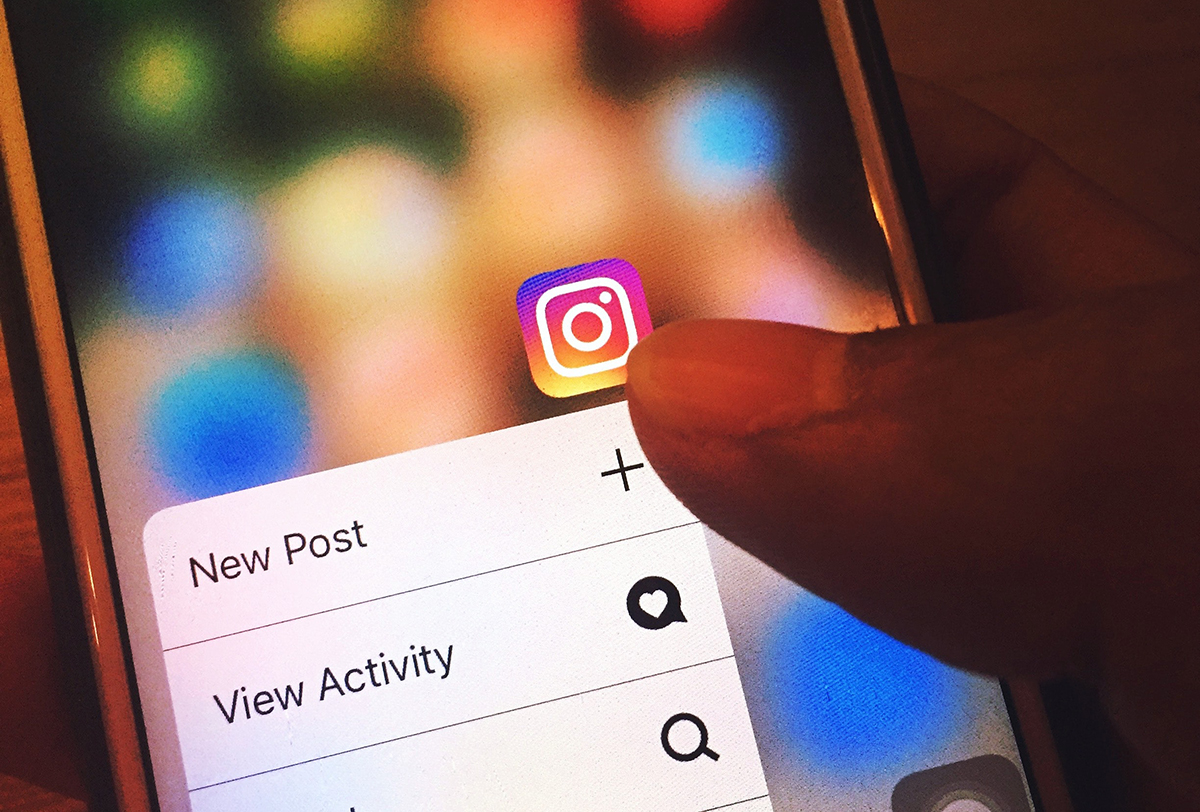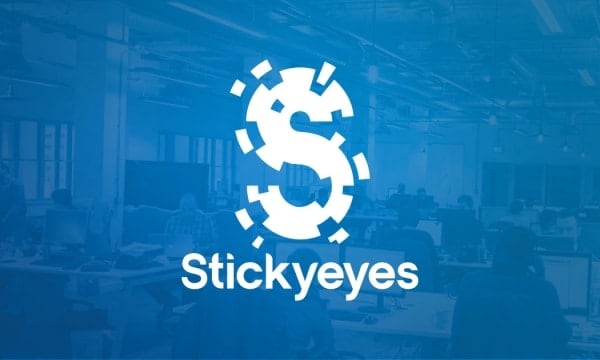There is no shortage of people queuing up to share a negative opinion on influencer marketing. But as this process progresses through its formative years, the way we approach it should not be any different to any other marketing strategy.
Since influencer marketing really burst onto the scene as a credible and effective marketing strategy, it seems that every year has been dubbed the “the Year of the Influencer” by at least one publication or thought leader. And the trends only tend to back up that claim. More brands are putting their budgets into influencer marketing in the hopes to see greater returns.

But as marketing professionals start to view the cost of influencer marketing as too expensive, is it a case that influencer marketing may fall out of favour, or is it the case that marketers and advertisers simply need to evolve their approach?
Driving those concerns is, unsurprisingly, the question of measurable return on investment. Despite some reports showing that influencer marketing can deliver as much as eleven times the ROI of other digital marketing channels, many marketers remain unconvinced.
So how do marketers fight back against those seemingly escalating costs and, most importantly, start to see the true value of influencer marketing?
The bigger, the better?
The use of “influencers” to influence customer behaviour is, of course, not a new tactic. Celebrity endorsements was and still is an extremely common and, in many cases, successful form of marketing. We’ve become accustomed to seeing footballers with big red headphones, athletes wearing particular brands of trainer and movie stars insisting they couldn’t possibly drink coffee that came from any other machine. But the ascension of social media has completely democratised A-list brand promotion.

Now referred to as ‘power influencers’ or ‘macro-influencers’, their social platforms have created a sense of approachability that means even start-up brands with the right budget can pay for a household name to post about their product.
Where traditional marketing strategies focused on the “buy this and you will also…” messaging, macro-influencers can use their platform to create content that is much more personal, intimate and authentic. That’s why 63% of consumers trust influencer messages more than brand messages.
With this level of impact up their sleeves, macro-influencers are valuable assets to brand campaigns, bringing a wide audience range and extensive reach to drive sales, social media growth, and brand awareness. But although there’s no denying the power that macro-influencers have to deliver a successful brand campaign with their large followings, those large followings come at a cost.
Which is one of the reasons why many brands have increasingly looked at how micro-influencers can help them to reach, engage and influence the audiences that are so important to their sales and marketing strategies – whether those ambitions are to drive incremental sales growth, encourage more social media engagement or improve brand salience.
These micro-influencers may have lower reach in terms of volume (typically anywhere in the region of 10,000 to 100,000), but this is not just a numbers game. This is about ensuring that your brand message goes through the right conduits that ultimately connect you to the right audiences.
Followings may be smaller, but those followings often represent a more loyal, engaged and informed community – much more relevant to a given niche.
Influencer marketing has value, but only if the influencers are transparent and being engaged for the right reasons
The shift towards these micro-influencers has, in many respects, come about in response to many of the negative aspects that have surfaced around influencer marketing as the tactic has gone through its formative years.
The issue of “fake followers” has long been a consideration for many brand marketers, with an eConsultancy “Influencer Marketing 2020” report highlighting that the chief concern amongst marketers when it comes to influencer marketing, by some considerable margin, was that very issue. Just over 40% of marketers surveyed in the report listed this as their biggest concern. To put that into context, the second-biggest concern (differentiating a brand in a saturated market) was named by just 17% of respondents as their biggest concern.
Fake followers were (and in some cases, still are) a side effect of an obsession with reach, more reach and reach at any costs. A metric that rarely holds much weight in the boardroom, but it didn’t stop influencers looking for ways to grow and sometimes inflate the extent of their reach in order to work with brands that wanted to use influencers as a mechanism for engaging large audiences.
And this is where brands are starting to be much more intelligent about how they use influencer marketing and reaping the rewards as a result. These brands are caring less about reach, focusing more on relevancy and engagement, and adapting their approach. They’re moving away from the “macro-influencers” that count their audiences in the hundreds of thousands and millions (and have the fees that reflect that), to instead the more niche “micro” influencers who reach a smaller but much more engaged audience.

For the brand, it means that their message and the endorsement of the influencer reaches people who are more relevant and whose wants, needs and beliefs align more closely to that message. It largely makes the debate around fake followers an irrelevance.
And this is where we conclude that much of the criticism of influencer marketing is actually quite unjust. The critique should be reserved for marketing that lacks relevance, transparency, purpose and ethics, but influencer marketing hardly has a monopoly on those forms of marketing.
So is there value in influencer marketing? Undeniably so. There are more than enough case studies that exist that demonstrate how brands have been able to drive value from influencer marketing – using both macro and micro influencers. But we can only determine what that value is in the same way that we determine the value of any other marketing through an advertising medium. Not by focusing on the few bad examples that inevitably make the trade press and the conference panel discussions, but by objectively looking at what we as marketers want and need to achieve, appraising the most relevant and appropriate channels as objectively as we can, and by deploying the right creative for that medium.


